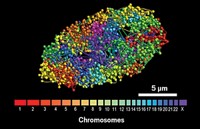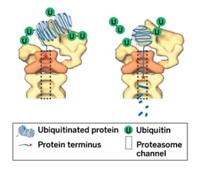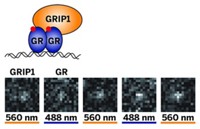Advertisement
Grab your lab coat. Let's get started
Welcome!
Welcome!
Create an account below to get 6 C&EN articles per month, receive newsletters and more - all free.
It seems this is your first time logging in online. Please enter the following information to continue.
As an ACS member you automatically get access to this site. All we need is few more details to create your reading experience.
Not you? Sign in with a different account.
Not you? Sign in with a different account.
ERROR 1
ERROR 1
ERROR 2
ERROR 2
ERROR 2
ERROR 2
ERROR 2
Password and Confirm password must match.
If you have an ACS member number, please enter it here so we can link this account to your membership. (optional)
ERROR 2
ACS values your privacy. By submitting your information, you are gaining access to C&EN and subscribing to our weekly newsletter. We use the information you provide to make your reading experience better, and we will never sell your data to third party members.
Biological Chemistry
Tracking DNA Repair In Live Bacteria
Fluorescence microscopy methods measure processes at single-molecule and single-cell levels
by Celia Henry Arnaud
May 6, 2013
| A version of this story appeared in
Volume 91, Issue 18
Researchers have combined two single-molecule methods to take a quantitative look at DNA repair in live bacteria. Antoine van Oijen, a biophysicist at the University of Groningen, in the Netherlands, who was not involved in the work, calls the report “a fantastic example of how single-molecule and single-cell methods allow the study of biological problems at a level of quantification that hitherto was unthinkable.” Stephan Uphoff and Achillefs N. Kapanidis of the University of Oxford and coworkers used photoactivated localization microscopy and single-molecule tracking to watch the enzymes DNA polymerase I and ligase while they repaired damaged DNA in single Escherichia coli cells (Proc. Natl. Acad. Sci. USA, DOI: 10.1073/pnas.1301804110). With a single set of measurements, the researchers were able to determine multiple characteristics of the process at the single-cell level. Each cell had on average approximately 480 copies of polymerase I and 230 copies of ligase. Repair sites were spread throughout the cell. The researchers found that individual repair events take 2.1 seconds for polymerase I and 2.5 seconds for ligase, and the enzymes spend more than 80% of the time looking for substrates.





Join the conversation
Contact the reporter
Submit a Letter to the Editor for publication
Engage with us on Twitter